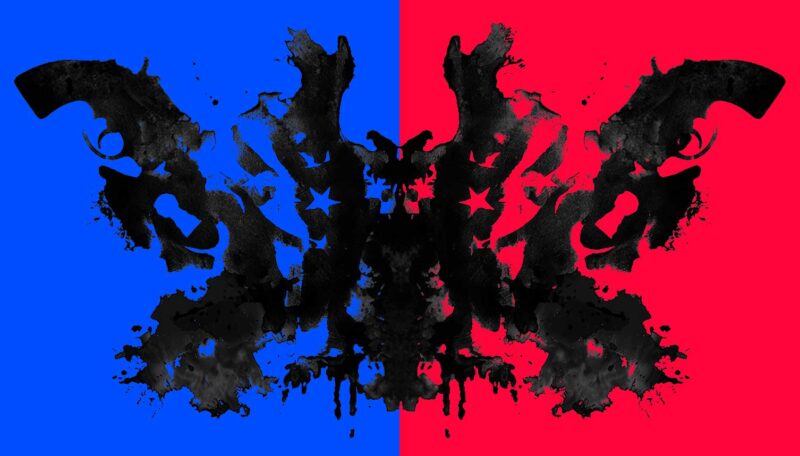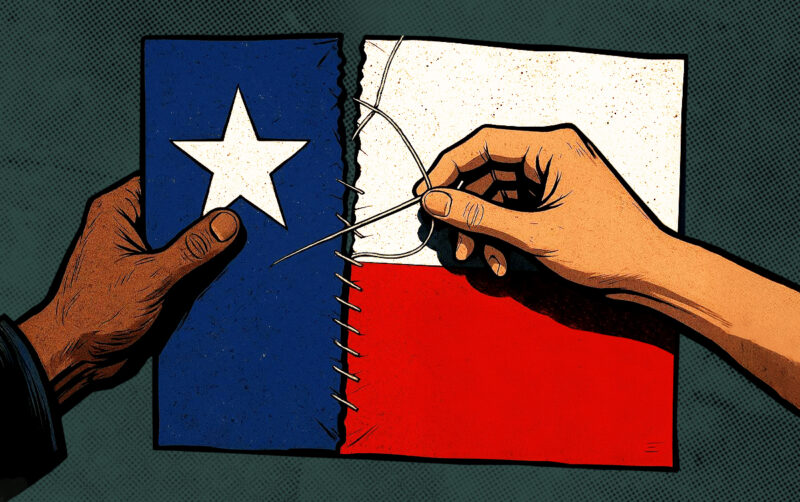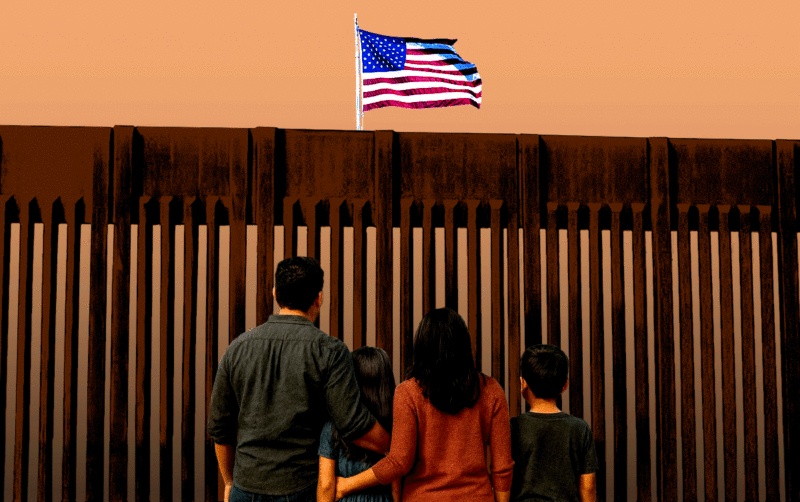Editorial
Why the Gun Debate Feels Impossible—and How It Could Change
Guns are one of America’s deepest divides—loaded (pun intended) with meaning far beyond policy.
For some, a gun is independence in your holster: the right to protect your family, your property, and maybe even your identity. For others, it’s a daily reminder of the potential for tragedy, violence, and fear. Put those two meanings in the same room and you don’t get a debate—you get a deadlock.
Guns as Identity
At its core, the fight isn’t just about hardware. It’s about who we are.
One side sees a gun as a weapon that makes life less safe. The other sees it as a tool of protection and a symbol of liberty. Those views don’t come from thin air—they’re shaped by real experiences.
If you grew up in a hunting family or in a small town where everyone’s uncle has a rifle hanging on the back of his truck, guns might feel as normal as kitchen appliances. But beneath that everyday normalcy sits something bigger: a deep sense of self-reliance. For many Americans, guns are wrapped up in a broader cultural value of freedom—the belief that your safety, your family’s security, and your way of life shouldn’t hinge entirely on the government or anyone else. To some, the firearm is a symbol that they can stand on their own two feet. That’s why talk of gun control hits so hard. It doesn’t just sound like new rules, it feels like someone trying to take away a piece of their independence, or even strip them of a right that defines who they are.
On the other hand, if your formative memories include lockdown drills at school, or if you grew up watching news coverage of mass shootings, guns can feel less like tools of freedom and more like constant threats. Instead of symbolizing self-reliance, they symbolize danger. They are an omnipresent reminder that violence can erupt anywhere: classrooms, movie theaters, grocery stores. For people in that world, fewer guns doesn’t mean giving something up. It means getting something back: the ability to go about daily life without scanning for exits or getting that sick, worried sensation every time they enter a crowd. To them, regulating firearms isn’t about control. It’s about reclaiming a basic expectation that public spaces should feel secure.
But once these personal experiences get funneled through politics, they don’t stay personal for long. Parties and pundits flatten them into caricatures—gun nuts on one side, freedom haters on the other. The nuance disappears, and with it the possibility of honest conversation. A hunter who treasures the freedom of self-reliance gets lumped in with extremists stockpiling arsenals. A parent who just wants their kid safe at school gets written off as someone who wants to shred the Constitution. That’s the identity trap: instead of debating policies, people end up defending their tribe. The fight stops being about safety or freedom and turns into a test of loyalty, where suspicion and contempt replace any chance of trust.
Polarizing Narratives
Then comes the endless question: what’s the real problem we’re trying to solve?
For some, it’s the gun itself. Not just the sheer number in circulation, but the ease with which dangerous individuals can get them. Stronger background checks, waiting periods, and limits on certain weapons are seen as common-sense guardrails that could prevent violence before it happens.
Others argue the real issue isn’t the hardware but the human element: untreated mental illness, social isolation, and a culture that glorifies violence. In that view, new laws won’t fix the deeper sickness in society.
On their own, those positions aren’t irreconcilable. Most Americans actually support some version of both (more on that below). But politics doesn’t reward nuance. Instead, politicians, media outlets, and wealthy lobbyists frame the issue as an all-or-nothing cage match. Compromise sounds nice. But “us vs. them” is far better at driving votes, clicks, and donations.
How the Debate Could Change
Here’s the twist: the conversation doesn’t have to stay stuck. Here are some ways we could move the debate forward.
A solid first step is to decouple guns from identity. What if we stopped treating them as political mascots—shortcuts for who’s “really American” or who “cares about kids”—and started asking different questions? Not, “Are you pro-gun or anti-gun?” but “How do we make sure kids don’t get their hands on firearms?” Not, “Whose side are you on?” but “What steps would make you feel safer in your own community?”
We must also engage in dialogue that actually works. Listen to people who grew up in gun culture, not just policy experts. They can explain what firearms mean in daily life beyond the headlines. At the same time, make space for those whose lives have been shaped by gun violence or the constant fear of it. The key is to acknowledge both sets of fears without dismissing either.
The proper dialogue can also help us find practical solutions hiding in plain sight. Certain terms have been poisoned by bad-faith politics, even if both sides largely agree with what the term means. In our documentary film The Tennessee 11, which tasked everyday Americans from across the political spectrum with finding common ground on gun rights and safety, Second Amendment folks initially balked at “red flag laws.” But by the end of the session, when those same laws were framed as “allow temporary removal of firearms based on risk of violence,” consensus across the table shot up. Sometimes the fight isn’t about the idea. It’s about the language wrapped around it.
Megan Ranney, the Dean at Yale’s School of Public Health, suggests reframing guns as a public health issue. Ranney’s approach treats gun violence the way we treat disease: define the scope of the problem, identify risks and protections, test interventions, and scale up what works. By framing it this way, Ranney argues, the focus shifts from partisan blame to practical prevention.
The right dialogue can also pave the way for places where Americans already agree, even if the political theater makes it look impossible. Stricter background checks, for example, have enjoyed broad support across party lines.
Finding a Way Forward
The gun debate feels impossible because it’s about identity as much as policy. But by focusing on shared needs—safety and rights—using language that isn’t designed to trigger defensiveness, and creating real spaces for dialogue, we can start shifting the conversation.
It’s not about ending disagreement on guns. It’s about proving we can shape our differences into something constructive.
—Alex Buscemi (abuscemi@buildersmovement.org)
Keep Reading

Why the Gun Debate Feels Impossible—and How It Could Change

5 Surprising Times Texas Came Together
